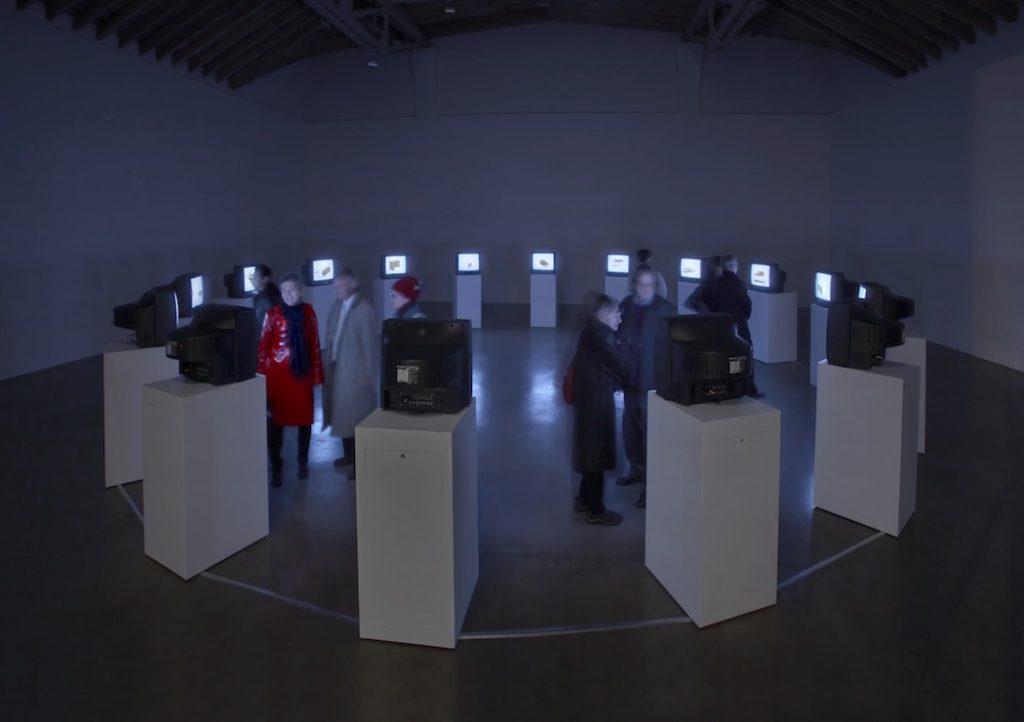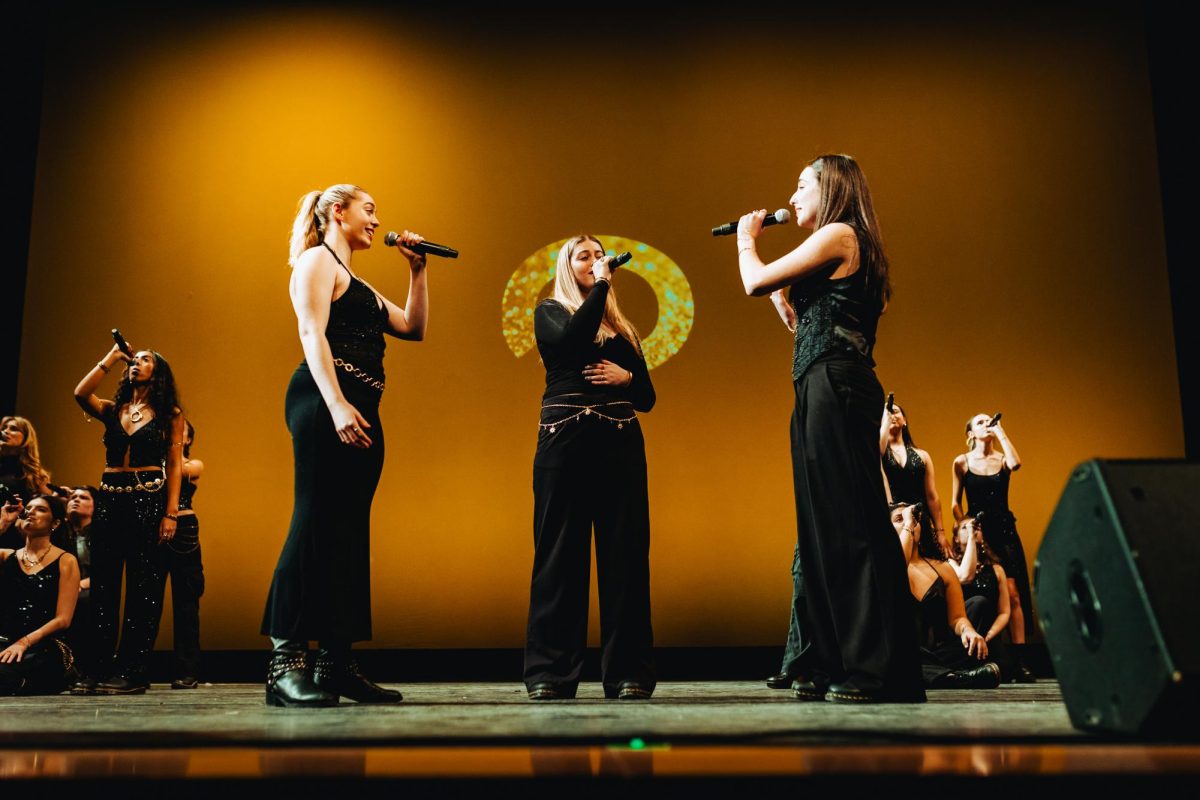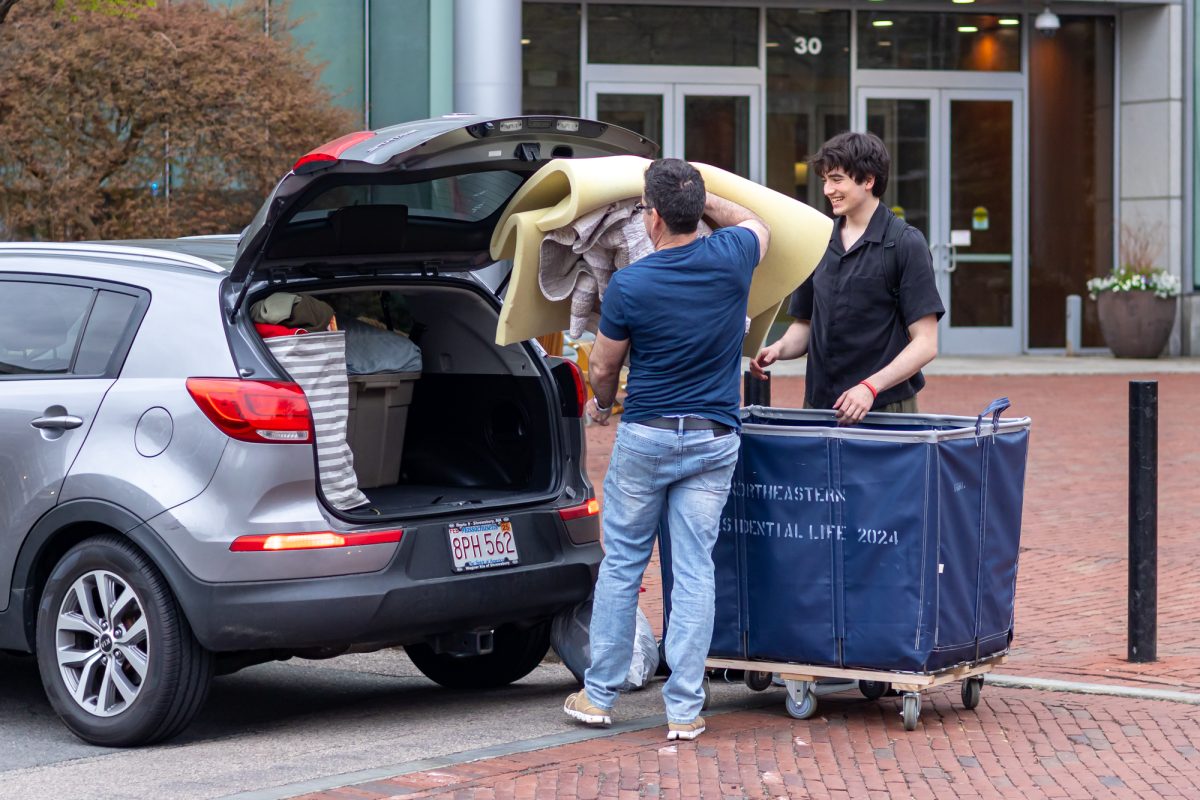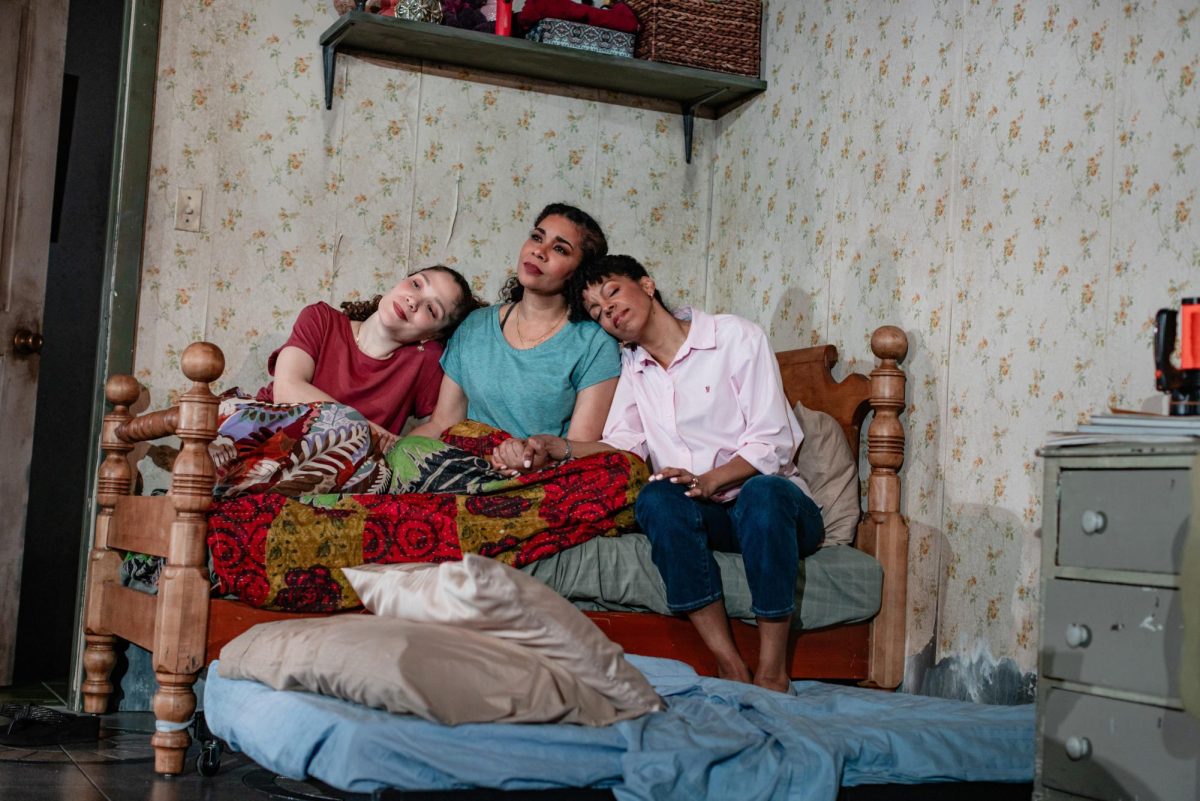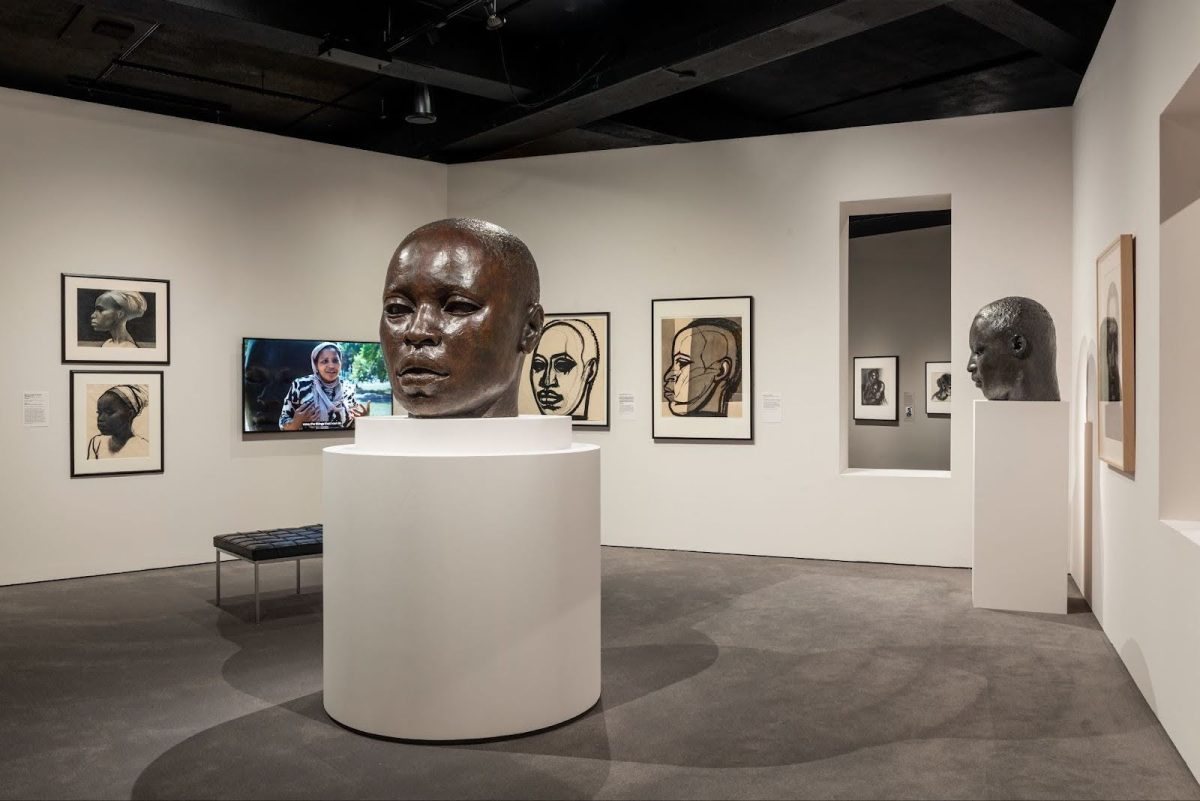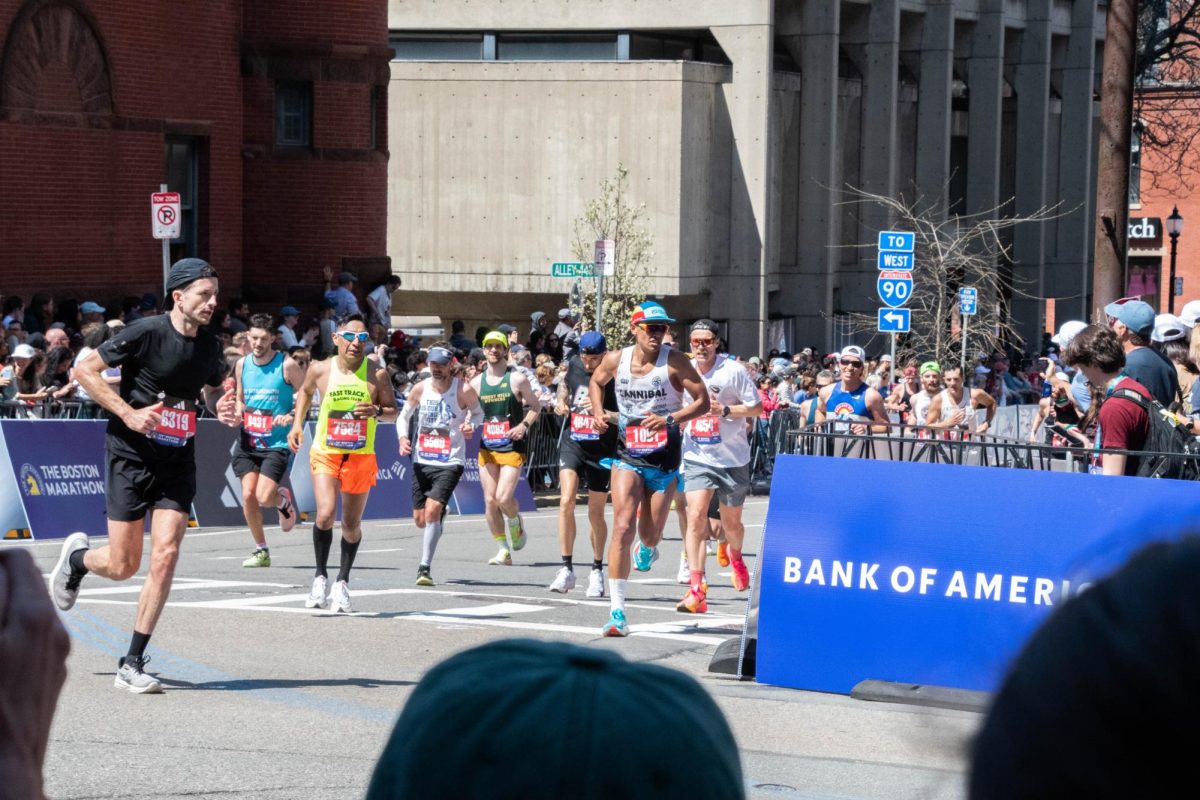If living in the information age has taught us anything, it’s that it is remarkably simple to make connections and create links between things we might otherwise never have. “The Artist’s Museum,” a multi-faceted new exhibit that explores the ways artists marry past, present and future to the myriad tools at their disposal, continues the Institute of Contemporary Art’s (ICA) inquiry into the state of art today.
The exhibition, which opened Nov. 16 and occupies half of the museum’s fourth floor, includes a diverse array of photographs, collages, videos, installations, sound recordings and prints intended to showcase contemporary artists’ ability to turn the world around them into works of art. The title is a reference to how the artists on display integrate others’ works and ideas into their own.
“This approach is very much founded in the ability to access digital images or any kind of images anywhere, as well as being able to call up physical objects through eBay or Craigslist or however,” said Dan Byers, senior curator at the museum. “We live in a very networked society and I think everything we do online has a linked sort of mentality – if you think of hyperlinks as a way of organizing the internet – that idea of links and networks is embedded in the artworks themselves.”
Byers describes the exhibit as a way of “collecting from a different angle,” given that museums themselves are collecting institutions. Housed in a space across from “First Light,” a series of galleries celebrating the ICA’s collection for its tenth anniversary, this show offers a new perspective into how the 21st century’s connectivity has influenced art.
“I think it’s a natural extension of artists’ ability to connect things which we don’t normally see as connected, and to draw from disparate sources images that might have a similarity that they’re seeing and we might not,” he said. “In some ways, it’s a way to – if not preserve – then at least live through and sift through instances from the past. It’s a way of bringing history to a very contemporary, technologically-influenced moment.”
This moment to which he refers is mentioned in the curatorial description visible upon entering the exhibit. This “impulse to collect and connect,” as the message reads, has been greatly impacted by the internet.
“[The internet] has democratized that impulse and ability,” Byers said. “I think now, you or I, using Pinterest or Instagram, can do that and this sort of copy-paste mentality allows artists to work in that way. If anything is possible, what are you going to do?”
The largest work in the exhibition is Anna Craycroft’s “The Earth is a Magnet,” a two-room gallery that highlights connections among other artists who have influenced Craycroft. Drawing heavily upon the works of Berenice Abbott, a 20th century photographer, among others, the rooms highlight the didactic potential of art.
“For me, as an artist, I believe strongly in art’s function as a didactic tool and that is something that doesn’t close it down but rather opens it up,” Craycroft said. “My hope is that art is accessible not in the sense that it dumbs itself down so people can get to it but that it gives enough information so people rise up to it and bring their own associations and information to it and go on to pursue more.”
Craycroft’s piece ties into the show’s larger theme of collecting and building upon others’ work, which she says should further encourage visitors to appreciate the connections around them.
“If the answer to something is done, there is nothing to invent, but if the question is asked, there are all kinds of things to invent,” she said. “So you see the didactic as an opening up of questions, possibilities, metaphors and experiences and you see knowledge as a process of being encouraged and inspired to ask more questions.”
The interdisciplinary approach embodied by the artists represented is one Byers says students can easily relate to in their academic careers.
“I hope the artworks provide an example of lateral and associative thinking,” he said. “In some ways, the artists are behaving in the way I think students behave in college: Making connections between different disciplines, hopefully finding meaningful, intellectual and personal connections between a physics class and a poetry class. I think it should be an invitation to think across categories and disciplines.”
“The Artist’s Museum” will be on display at the ICA through March 26, 2017.
Photo courtesy Institute of Contemporary Art


